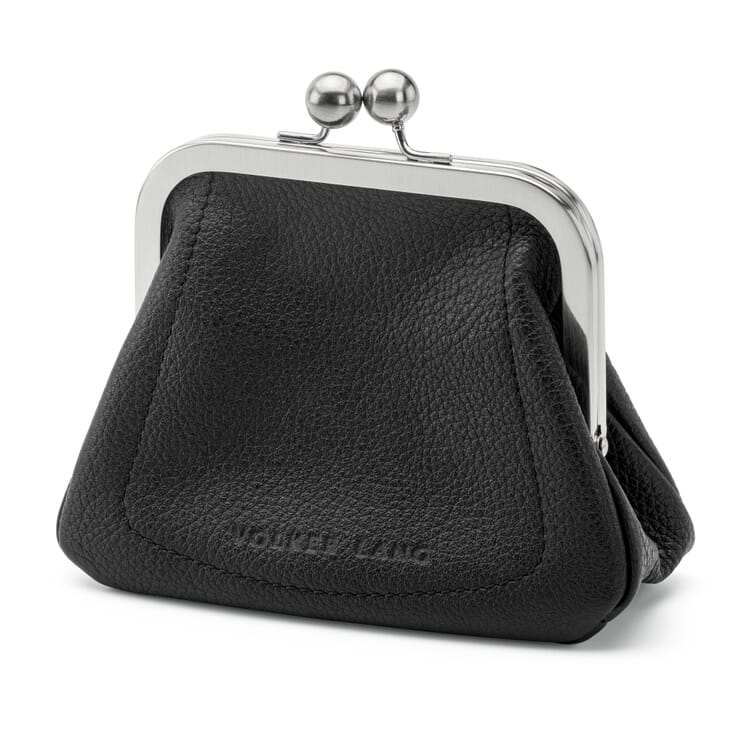Material
Deerskin. Soft and durable
Deerskin is obtained from the skin of various deer species such as red deer, white-tailed deer, roe deer and fallow deer, as well as elk and reindeer. Since the animals live largely in the wild on all continents, deerskin belongs to the category of suede. Unlike other leathers, it is only available in small quantities, as deer hunting is subject to strict regulations. It is therefore one of the rarer, more exquisite types of leather.
The properties of deerskin
Chamois or old chamois tanned deerskin is soft, warm, almost woolly to the touch and almost indestructible. In the case of the chamois tanning, the transformation of the protein fiber of the hide into leather fiber is based on the oxidation of animal fats and cranes, which are incorporated between the fibers. Typical of this type of tanning is the yellow off side of the leather. If the leather is vegetable or mineral tanned and only the top layer is processed, the deerskin shows the typical grain, the natural surface of the skin with all its features. Often the leather shows the traces of life in the wild, insect bites, small scars from thorns or fights testify to the authenticity of the material and give it an individual character. But above all, deerskin has unique properties that make it the preferred material for clothing, gloves and bags: - Deerskin is exceptionally soft, supple and light, which is why it is ideal for clothing and ensures high wearing comfort - Due to the strongly interwoven, long fibers of the deerskin, the leather is elastic and dimensionally stable at the same time. For the same reason, it is also normally tear-resistant, thus stable and very durable with good care - Deerskin is also water vapor and air permeable, thus breathable.
High-quality leather requires little care. Frequent wear is enough, because the movement continuously tumbles the leather and it remains supple. With use, as well as through light and weather influences, the color and surface of the leather change: Over time, an individual patina develops, which at the same time protects the leather and should therefore not be "cleaned out". You can simply brush off dried dirt with a crepe brush. You can clean impurities caused by grease with a moistened sponge and neutral soap. Make sure that the leather is not completely soaked. Rub rough leather with a crepe brush after it has dried. This will roughen up areas that have become smooth.
Selected products with deerskin
Recommended Topics
Suede leather, also known as "suede" in the English-speaking world, is one of the rough leathers and is made from the hides of various animal species. It usually comes from domesticated animals such as cattle, calves, pigs, goats or sheep, and somewhat less frequently from wild game such as deer.
View moreLeather lives. Treatment with greasing care products not only makes it more beautiful, but also gives it back the fluidity that ensures that friction and wear are reduced and delayed in the fiber structure of its material composition.
View moreTanning is the process by which animal hide acquires its resistance to water and decay. Protein fibers are converted into leather fibers in the process - a process that cannot be replicated synthetically. In addition to the nature of the raw material, the type of tanning determines the quality and properties of the leather end product: the strength, stretchability, water tolerance, hardness or suppleness of the leather are largely determined by the tanning process.
View more


































